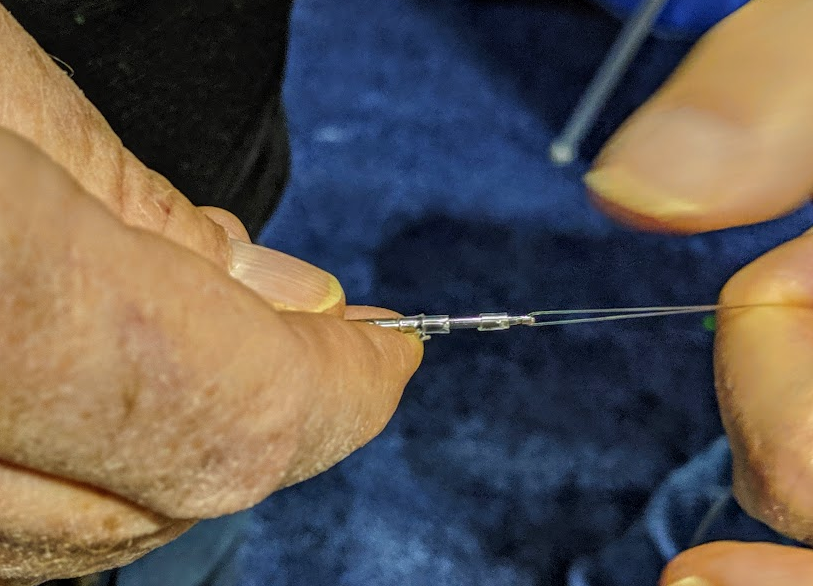I’m not big on gimmicks when it comes to fly fishing. Anything that requires an extra tool on the water, or some complex, newfangled series of steps in order to make something work like it should rarely appeals to me.
But my friend Walt Gasson changed my mind about a new-ish product that I’ve been largely ignoring for the last year because it appeared to me that it simply complicated my fishing rather than making it simpler and more enjoyable.
I admit it. I was dead wrong about the Strike Indicator Co.’s New Zealand Strike Indicator.
Having seen the fairly aggressive ad push from the company over the last 18 months or so, I figured this “system” was the next fad that would slowly fade away. Then I remember thinking the same thing some years back when the Thingamabobber was new to the scene (and how I have a dozen or so in my fly vest as I type this).
Sometimes fads work their way into the everyday angling culture (yes, I’m looking at you, Tenkara) and become “normal,” for lack of a better term.
The New Zealand Strike Indicator just might have some staying power, and here’s why. It’s simple. It’s subtle. And, most of all, it works.
Yes, there is a new tool involved, but it’s not too onerous and fits nicely just about anywhere, from a lanyard to a Zinger. And, once you use it, I’m guessing you won’t go back to the old yarn indicator, or even the Thingamabobber.
It’s so simple, it’s embarrassing. Just watch the video above where Walt interviews Barry Dombro, who demonstrates the indicator, shows how to attach it to your line and how to adjust it for different nymphing situations.
Basically, here’s how the tool works: It looks a lot like a knitting needle, only quite compact. On the “needle,” anglers simply place a doze pieces or so of slim, reusable rubber tubing. Using the “hook” on the needle, the angler need only snare the line where he or she wishes to apply the indicator and pull the line tight by both ends. Then slide a single piece of the tubing off the needle and onto the line, creating a loop. Then, place a piece of the yarn or, as Barry demonstrates, a piece of New Zealand wool, in the loop. Now, slide the tubing up until it’s tight.
Voila. A strike indicator.
There are several reasons I like this indicator. First, it’s easily adjustable, but not without some friction. In other words, the angler can adjust the indicator, but the water can’t, meaning you’ll likely never have to reel in and reset your indicator like you have to do with other products. Second, the wool sheds water quickly, meaning it will float dependably. Third, the wool doesn’t land with an audible plop when you cast it. It’s much more subtle, and, frankly, easier to cast. Finally … no knots. None.
A fad? Maybe. But it’s a fad that’s found a home in my vest. If you try it, I’m betting you’ll feel the same way.
The New Zealand Strike Indicator tool comes with the tool itself, a length of rubber tubing (remember, it’s resusable) and two tufts of New Zealand wool. It retails at $17.95.



